In this digital era, we aspire to find someone who can handle our daily tasks, such as tidying up after a house party, fixing a malfunctioning refrigerator, or assisting with strenuous lifting. Fortunately, the possibility exists through the emergence of on-demand home services in London.
With just a touch of a button, users can easily access home service applications like TaskRabbit. It dramatically benefits individuals seeking to accomplish household chores while balancing their hectic routines. This guide aims to provide entrepreneurs with a concise overview of how they can establish a successful home services app development company similar to TaskRabbit. But before that, let us get an overview of the TaskRabbit app.
Market Overview of Home Service App in 2023
The home service app development solution industry has presented a significant opportunity for service providers and end users. This leads entrepreneurs to express keen interest in developing apps to tap into the expanding on-demand home services market.
In 2020, the global market size for online on-demand home services was valued at approximately USD 0.9 billion, and it is projected to grow at a compound annual growth rate (CAGR) of 16.7% from 2022 to 2030. Online on-demand home services encompass various digital marketplaces that provide convenient access to a wide range of home-related services.
Essential Features of On-Demand Home Services App Development
An on-demand home services app is an online marketplace offering a wide range of home service facilities. Let’s delve into the details of each user profile panel and the features you can integrate into your app with top app developers in London.
Must-have Features of Customer App:
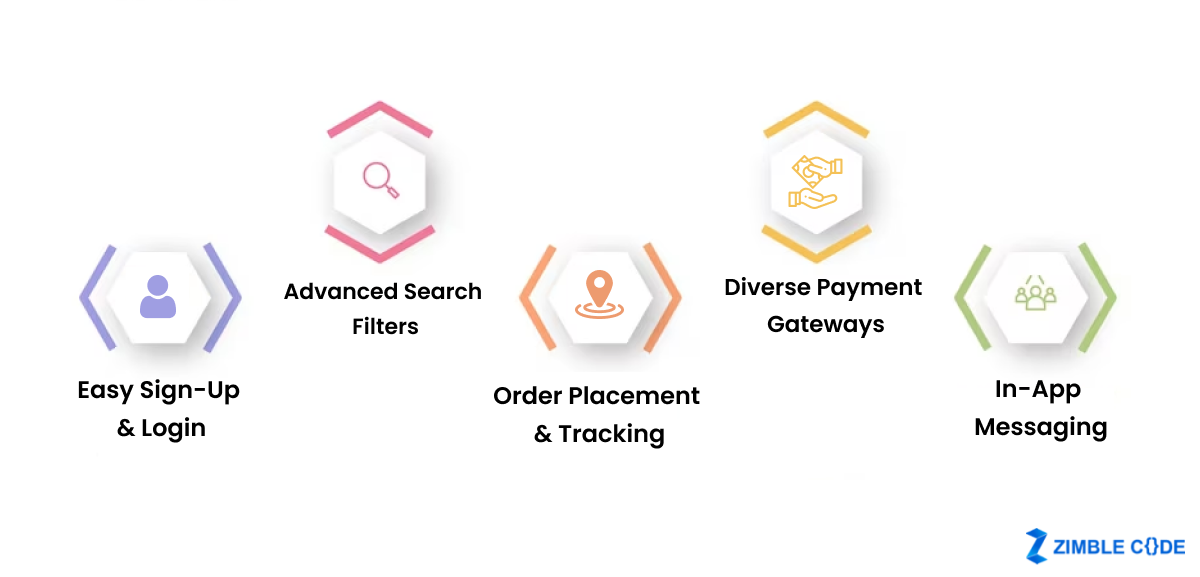
- Easy Sign-Up & Login: Users can effortlessly sign up and log in by providing their name, contact details, email address, and other relevant information.
- Advanced Search Filters: Customers can utilize advanced search filters to find home services online, such as location, service type, price, service agent, etc.
- Order Placement & Tracking: The feature lets users place orders for the desired services and track the service agent in real-time.
- Diverse Payment Gateways: Offering various payment gateways simplifies the payment process and enhances the convenience of booking home services.
- In-App Messaging: In-app chat functionality allows customers to communicate quickly and directly for any queries or concerns.
Key Features for Service Providers:
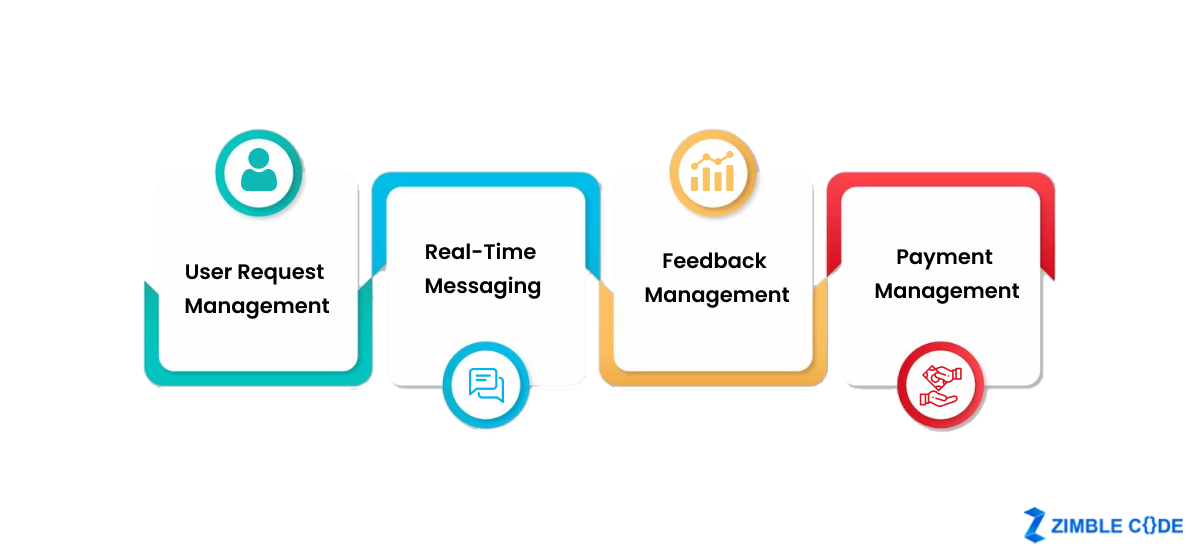
- User Request Management: Service providers receive customer requests and can manage them based on availability and bandwidth.
- Real-time Messaging: The platform provides an in-built chat system for service providers to communicate with customers.
- Feedback Management: Regular customer feedback helps service providers improve their services and boosts their visibility in search results.
- Payment Management: Service providers can specify their preferred payment methods for receiving payments, such as online banking, e-wallets, or PayPal.
Key Features for Admin Panel:
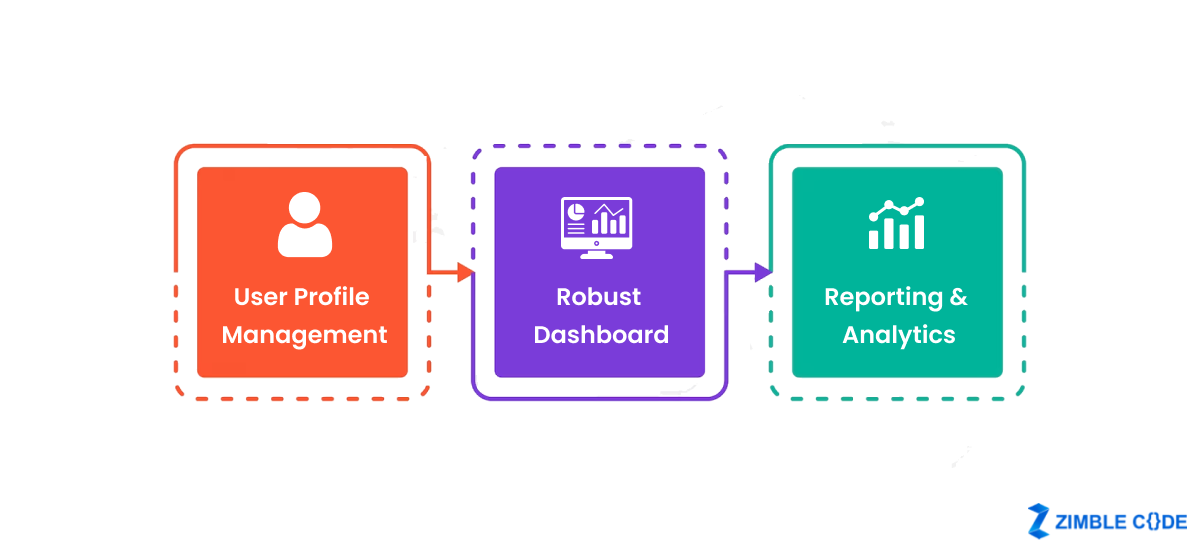
- User Profile Management: The admin has full access to manage profiles of customers, service providers, and the administrator dashboard.
- Robust Dashboard: It allows the administrator to manage tasks, requests, and user profiles and allocate specific permissions to customers and service providers.
- Reporting & Analytics: The admin functionality to gain insights into the overall status of bookings, access ratings, and evaluation feedback.
Steps to Develop a TaskRabbit Clone App
Developing a TaskRabbit clone app requires not only the technical expertise of a home service app development company in London, UK, but also a positive mindset and patience. Here are some straightforward steps to follow:
Step 1: Setup your Business Goal
Setting goals for app development is crucial. Determine why you need the app and the objectives you want to achieve with it. Ask yourself important questions such as how your app will help others, improve user experience, and solve issues. Finding answers to these questions sets the foundation for your app development journey.
Step 2: Choose the suitable Revenue Model
If you plan to launch an app for personal and informational purposes, that’s fine. You need to decide on a revenue model. Some options include subscription-based, freemium, pay-per-service, or advertisement models. Each model can generate revenue, but proper app marketing is essential.
Step 3: Prepare the Wireframe
Wireframing involves creating sketches or blueprints of your app’s functionality and components. This step helps you visualize the app’s structure and layout, ensuring that essential features are not overlooked. Preparing it saves you from last-minute design changes and allows you to plan effectively.
Step 4: Get started with the Back-end
Proceed to implement the app, dividing it into front-end and back-end development with a top mobile app development company in London. Ensuring a harmonious relationship between the front and back end is crucial. The balance between these two components is essential for delivering the best user experience.
Step 5: Opt for Testing
Testing is as essential as development for an app like TaskRabbit. Thoroughly test the app based on strict guidelines to identify and resolve any issues before launching. A simple bug can severely impact the app’s functionality, so comprehensive testing is necessary to ensure a smooth user experience.
Step 6: Release the MVP (Minimum Viable Product)
Instead of launching the final version, consider releasing an MVP. It contains essential features of the app and serves multiple purposes to showcase the app to investors or seek approval from compliance authorities.
Step 7: The Final Version
You will reach the app’s final version after diligently working through the previous steps with your home service app development agency. With the proper goal setting, revenue modeling, wireframing, back-end development, testing, and an MVP, your app stand a better chance of success.
Conclusion
As an entrepreneur, if you have been inspired by an idea that can simplify consumers’ lives, we are here to support you. The team of the Zimble Code possesses the expertise and cutting-edge tools and technology to assist you in developing the on-demand home service application you envision.
Frequently Asked Questions (FAQs)
Q1. How much does it cost to develop a home service app?
Considering all the factors, the estimated home service app development cost falls within the range of $10,000 to $40,000.
Q2. How much time does it take to develop a home service app?
A dedicated team of experts from an on-demand home service app in London typically requires 12-16 weeks to build an on-demand home services app.
Q3. How can you monetize an on-demand home service app?
The multiple monetization strategies for an on-demand home service app include a commission-based model, subscription model, advertising, and service provider fees.

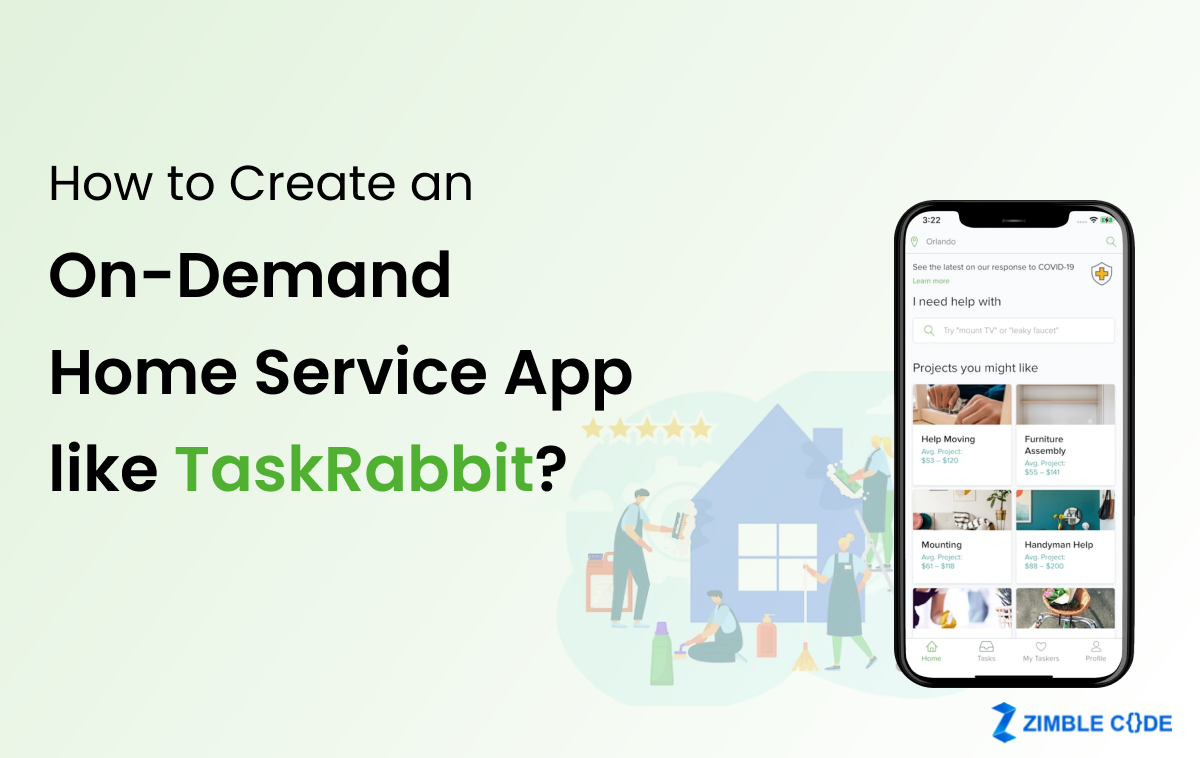
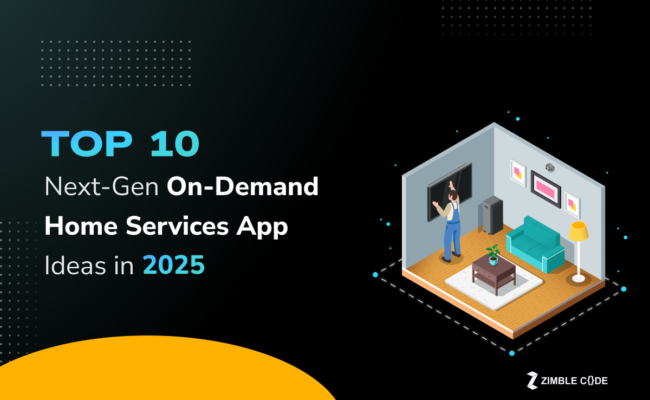
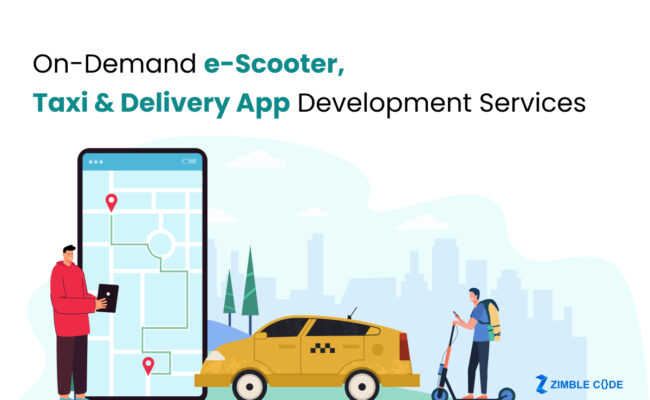
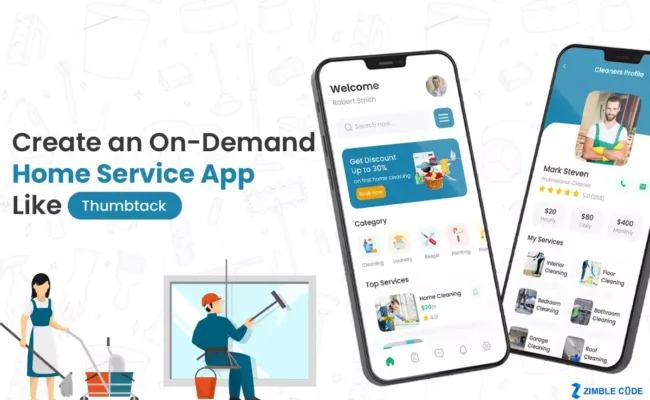
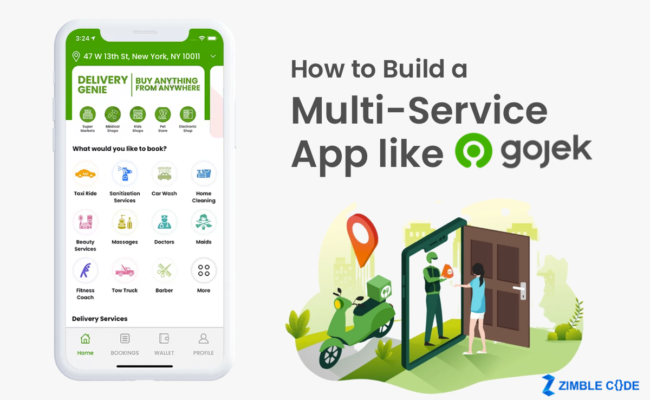


Leave A Comment